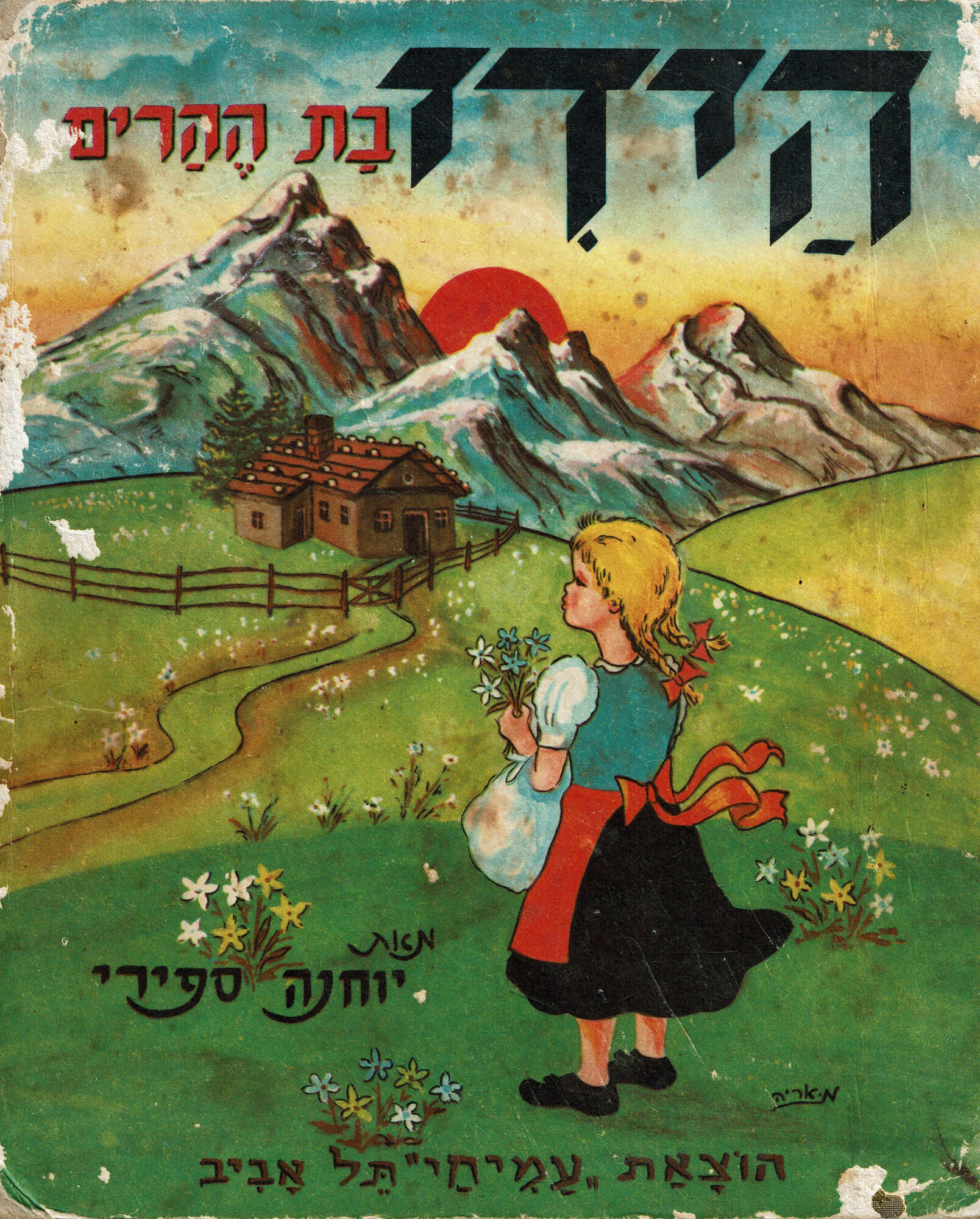
Picture Stories. Portraits of Munich Jews
A boy in a sailor suit, a lady in a beret and with huge puffed sleeves, a rabbi with an open…

The mountains are Heidi’s world and these have become a place of longing for countless young readers around the globe. In Israel, “Heidi” also took center stage. With “Heidi” (1880), the Swiss author Johanna Spyri wrote Europe’s last, major tale about heimat and homesickness which has become firmly embedded in the childhood memories of innumerable people worldwide—in Palestine, and later Israel, as well.
The motifs addressed in “Heidi” were identity-generating and of great emotional importance to young readers. First translated into Hebrew in 1946, Spyri’s novel appeared at a time when the subject of heimat, its loss, and new beginnings were highly relevant. As a result, the work quickly became absorbed into the canon of children’s literature in Israel as well; the history of its reception and its impact up to this day is unexpectedly fascinating. The world-famous story has been translated into Hebrew, as well as adapted and republished several times. However, “Heidi” is not only to be found in book form in Israel. Whether on the big screen, as a play or a radio drama, the most famous Swiss girl is still very much present to this day and has even found her way into the social media.
The exhibition takes visitors on a journey through time, tracing the reception this Swiss children’s classic was given over the decades from a Jewish perspective.
A photo installation by the Israeli artist Niv Fridman will be shown together with the exhibition: “Heidi in Israel Photo series by Niv Fridman” (05/11―10/16/2022)
An exhibition of the Heidiseum in cooperation with the Jewish Museum Munich.